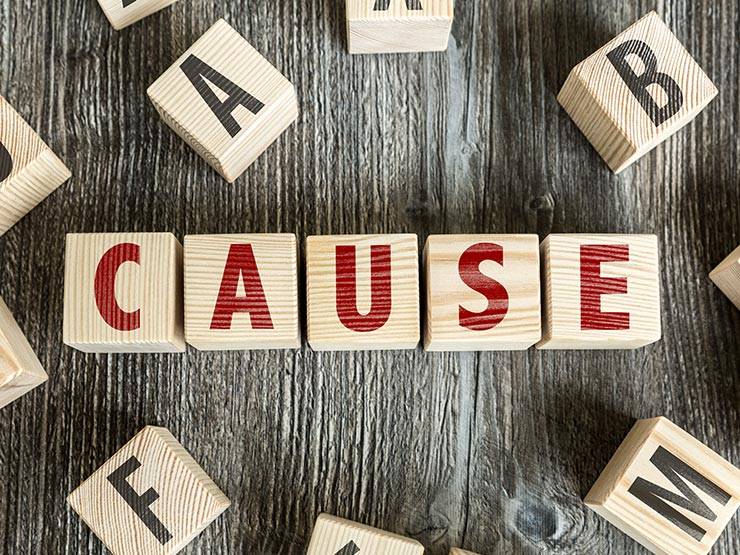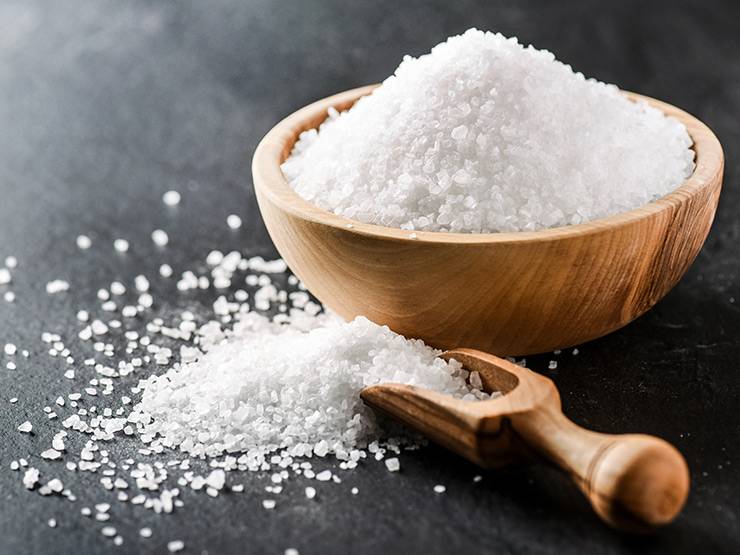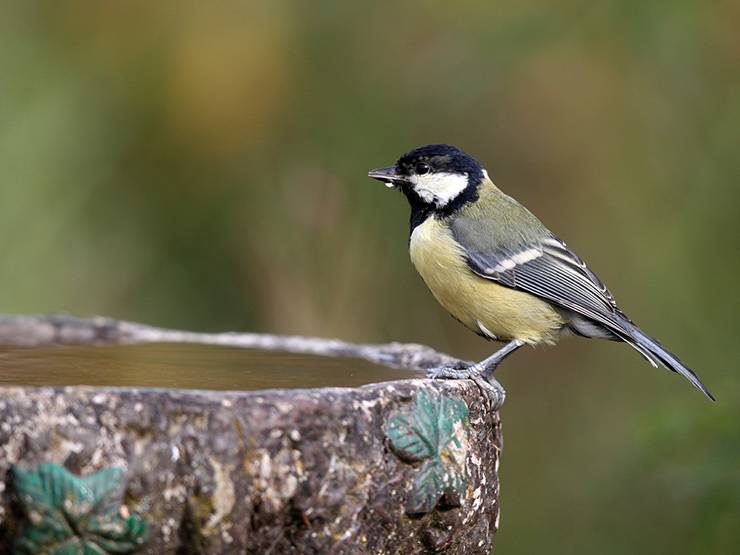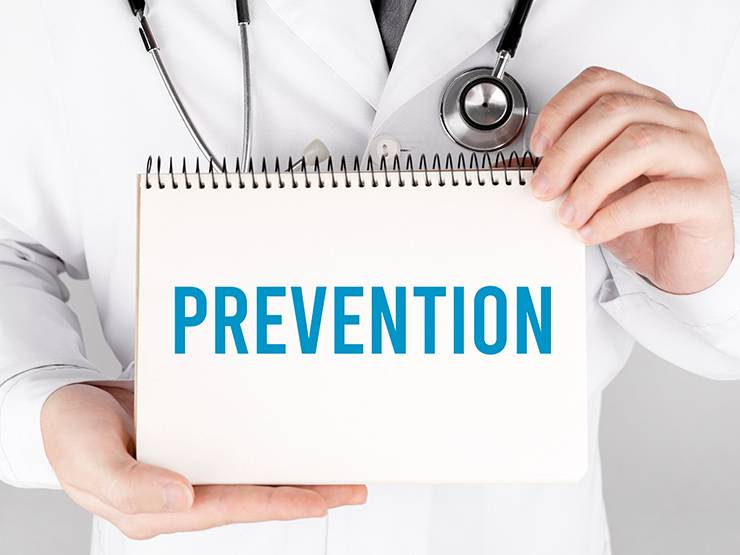To understand salt toxicity in birds, first, you should understand the inner workings of a bird’s diet.
Birds are self-assertive omnivores. Considering this, it’s apparent that birds already attain a substantial salt (sodium chloride) intake through their natural diet.
Additionally, birds have an adequate amount of sodium chloride in their body.
Salt toxicity is a frequent blunder amongst new bird parents or enthusiasts. Birds enjoy bonding with humans, and what better way to do it than through food?
It’s inconceivable to exclude our feathered friends from activities you can enjoy: beaches, restaurants, and bird baths. But, of course, it won’t be absurd if you’ve already shared lunch with them at this point.
Who doesn’t want to sneak little bites of what they’re having for lunch for their birds? Little do you know, that does more harm than good.
Such practices are put off primarily due to the common enemy of bird lovers and birds, salt toxicosis.
If you’ve read our previous articles, you too are; familiar with how salt toxicosis disrupts a bird’s health. To avoid health disasters that I’ll discuss briefly, you have to deduce the causes of salt toxicity.
What Are the Causes of Salt Toxicity in Birds?
There are three primary causes of salt toxicosis. Each of the three; includes a spike in sodium chloride concentration in a bird’s system, as the name suggests.
Before that, let’s acknowledge the elephant in the room. Birds do not get salt poisoning just because they consume some!

It’s a recurrent myth circulating in the bird and pets community that birds shouldn’t consume salt.
In truth, salt is an essential mineral that birds attain through their natural diet that consists of vegetables and millet.
Birds cannot metabolize higher levels of salt than necessary. This leads to salt toxicosis.
1. Addition of Table Salt
What is forbidden is the additional amounts of salt you introduce by providing human food to birds which brings us to our first cause.
As we established earlier, birds already have a necessary salt concentration in their system; adding more can throw their sodium chloride levels off balance.
Table salt (sodium chloride) is a predominant ingredient in human foods; how can it not be?

Without salt, foods are bland to humans. Despite that, the amount of sodium chloride we receive through natural foods is insubstantial to benefit us. Thus, unlike birds, we require a moderate consumption of salt.
It’s inevitable for human food to contain sodium chloride considering.
Despite that, humans also have a much higher BMI (body mass index) compared to birds. So, what might seem like an insignificant amount of salt to humans, can cause severe damage to birds.
Taking all of these into account, it’s evident why bird experts strictly discourage providing human foods to birds.
Although; birds are keen animals that are likely to take an interest in every activity you partake in. Even if they seem to enjoy human food, it causes long-lasting damage.
2. Stagnant Water Bodies
Water molecules are polar solvents that tend to attract sodium chloride ions if stored for some time. As a result, it causes salt to accumulate in stagnant water bodies.
Bird baths and bird water feeders are notoriously famous additions to the house of bird enthusiasts.

However, they can be the primary cause of salt toxicosis in birds.
Bird water feeders and baths require frequent maintenance to redeem safe for birds. On top of that, it is a step neglected most often.
Bird baths are beautiful architectural addition to our home. Usually fashioned of marble or other natural stones for aesthetic purposes, bird baths come in all sizes and shapes.
These natural stones contain sodium chloride, which water draws out if not properly serviced.
Once birds consume that sodium chloride-concentrated water, it’ll become tough for birds to metabolize it, and the symptoms start to surface.
Similarly, stagnant water bodies such as puddles and other rain-caused water bodies can have a high salt concentration in nature.
Besides the high sodium chloride content in stale water, they incubate all sorts of infectious microbes that can be deadly once they enter the bird’s system.
Regular maintenance of such structures is vital to avoid salt toxicosis in birds.
3. Severe Dehydration
As I mentioned earlier, nearly all animals have sodium chloride in their body, including birds too.
During extreme weather, water sources tend to run low for birds. Birds require a lot of water for respiration and digestive functions. With a lack of water, dehydration can take over birds.

Dehydration can be fatal since water is an essential element to the survival of living organisms: to top that off, dehydration can lead to salt toxicity.
Water allows salt levels to remain balanced; depriving it can cause the levels of sodium chloride to be high concentration.
Dehydration and salt toxicosis hand in hand make up the worst cases seen in avians.
What Are the Symptoms of Salt Toxicosis in Birds?
Moreover, the symptoms of salt toxicity should be brought to the attention of all avian caretakers and, in general, if you share the common love of feeding wild birds.

Identifying the symptoms is the crucial first step to treating salt toxicosis. Thus, here’s a detailed list of symptoms and how to identify them:
1. Polyuria
Polyuria occurs when birds are incapable of metabolizing the high amount of salt for which they urinate excessively to excrete it out of their system.
Although it seems like a good way, excessive urination deprives the body of reabsorbing essential nutrients and causes dehydration.
To identify if a bird is suffering from Polyuria, check the fluidity of its litter if possible.
2. Polydipsia
Polydipsia is a similar symptom to Polyuria, where the bird develops extreme thirst.
Polydipsia and Polyuria coincide with each other in the sense that excessive urination causes dehydration and leads to an increase in thirst.
If you suspect a bird is suffering from salt toxicity, check to see if the bird in question is reaching for the water consequently.
3. Musculoskeletal Diseases
Musculoskeletal diseases are the most notorious symptoms and diseases caused by salt toxicosis.
Angel Wing diseases are the most common of the lot. Salt toxicosis can permanently cause wing deformity in birds by destroying muscle cells.
Similarly, paralysis in wings and legs can root out frequently in cases of salt toxicity.
4. Heart Failure
Heart failure occurs when unmetabolized salt causes blood to stiffen between blood vessels cutting short the oxygen supply to the heart.
5. Strokes
Strokes have similar causes where the brain cells suffer damage due to unbalanced water and salt content and short oxygen supply to the brain.
6. Kidney and Liver Failure
This transpires due to being unable to metabolize the high amounts of salt out of the system, which drives them to overwork and ultimately fail.
The unmetabolized salt eventually clumps up, causing kidney stones that go unidentified in birds as they are comparatively tinier than other organisms.
Some of the milder symptoms include:
- Fatigue
- Drowsiness
- Lethargy
- Vomiting
- Diarrhea
Identifying all these symptoms and diseases through observation of behavioral and eating patterns is possible.
However, preventing them succeeds in importance far more than the identification of symptoms.
How to Prevent Salt Toxicity in Birds?
After reviewing all the possible causes and symptoms of salt toxicosis, prevention is critical to saving a bird’s life.
But unfortunately, it might be the step that is forgotten by many despite its importance.

Here are the essential steps you can take to prevent salt toxicity:
- Bringing Awareness – It is the first step toward preventing salt poisoning as it is a topic that often goes undiscussed.
- Educating Friends and Family – It falls right under bringing Awareness to inform close ones about the potential dangers foods with excessive salt can cause in birds.
- Keeping Human Food Out of Reach – It is also a vital step toward averting the dangers caused by high salt content in them.
- Training Birds to Avoid Human Foods – It should be part of your checklist when preventing salt poisoning.
These small steps can help avoid the many deadly disasters of salt toxicity.
Final Remarks
Having all said, salt toxicosis is a rising cause of death in wild and poultry birds.
Since the love of feeding wild birds has been passed down through several generations, taking their health and best interests into consideration is the least you can do.
Although birds are likely to enjoy such activities, they are oblivious to how fatal diseases these can cause.
If you suspect a bird is suffering from salt toxicity, immediately reach out to a vet or health professional to subside the symptoms before they cause severe damage.
References: